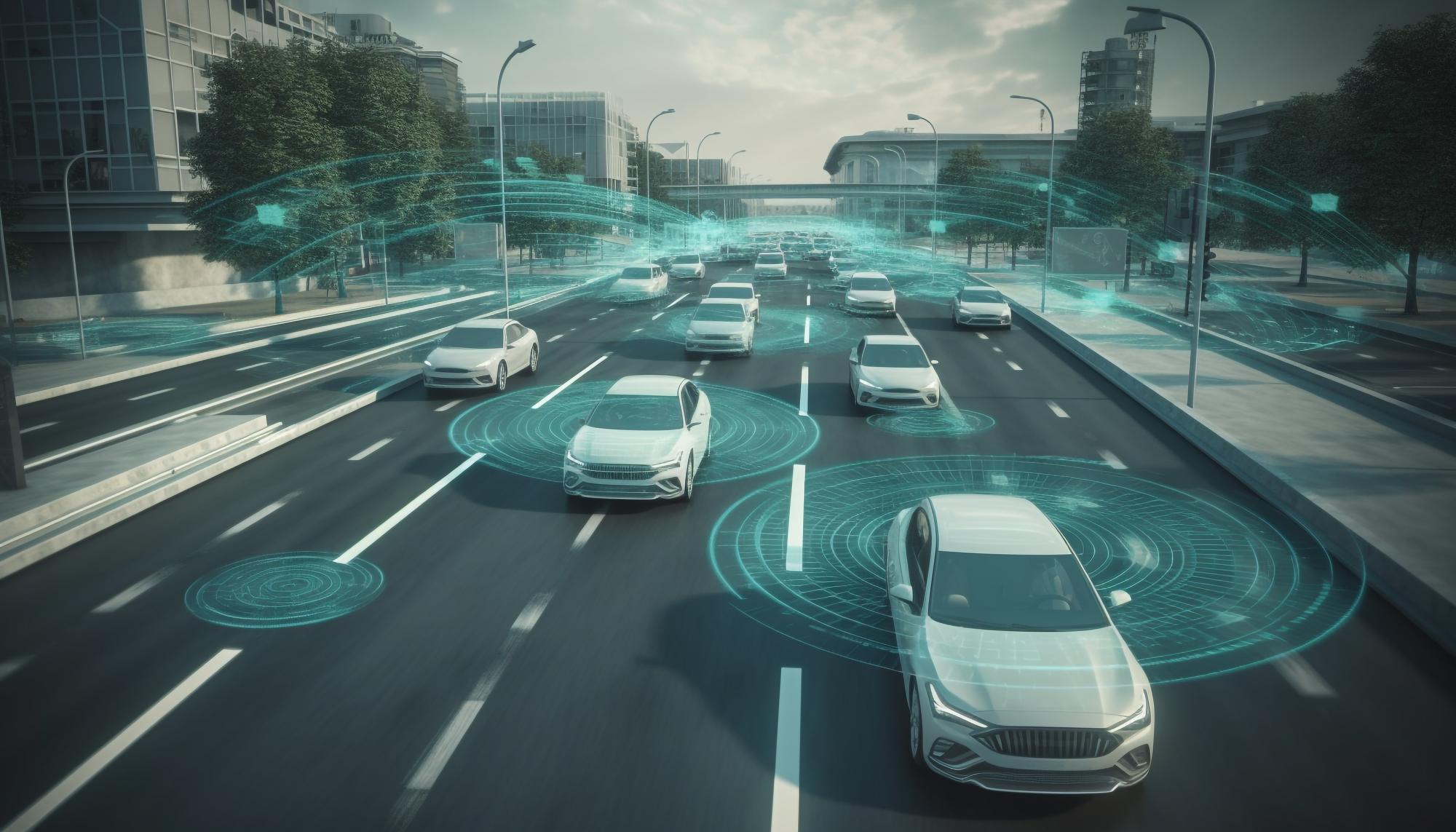Autonomous cars, also known as self-driving cars, have quickly transitioned from futuristic concepts to real-world innovations. With major advancements in AI, sensors, and automotive technology, autonomous vehicles (AVs) are poised to revolutionize the way we travel. But how exactly are these cars changing the roads, and what does this mean for the future of transportation?
1. Improved Safety on the Roads
One of the biggest promises of autonomous vehicles is increased safety. Human error is responsible for a significant number of road accidents, but AVs are designed to reduce these risks by removing human factors like fatigue, distraction, and impaired driving.
- Advanced Sensors and Cameras: Autonomous vehicles are equipped with a wide array of sensors, including LIDAR (Light Detection and Ranging), radar, and cameras. These tools help AVs detect obstacles, pedestrians, traffic signals, and other vehicles in real time, ensuring more accurate decision-making.
- Reduced Human Error: With advanced algorithms and machine learning, AVs can process information faster and more reliably than a human driver, minimizing accidents caused by poor judgment or split-second decisions.
2. More Efficient Traffic Flow
Self-driving cars communicate with each other and with infrastructure, leading to more coordinated movement on the roads. This connectivity can reduce traffic congestion and improve traffic flow in various ways:
- Platooning: Autonomous vehicles can travel in tight formations, called platooning, where they maintain a consistent speed and distance. This can reduce drag, improve fuel efficiency, and create a smoother flow of traffic.
- Real-Time Adjustments: AVs can instantly adapt to road conditions, rerouting themselves to avoid congestion and accidents. This dynamic navigation reduces the chances of traffic bottlenecks and helps keep traffic moving more efficiently.
3. Impact on Mobility and Accessibility
Self-driving cars could significantly improve mobility for people who are unable to drive due to age, disability, or other factors. By offering a more inclusive form of transportation, autonomous vehicles may help people regain their independence.
- Increased Independence for Seniors and Disabled Individuals: Autonomous vehicles can provide a safe, reliable mode of transport for those who cannot drive, such as elderly individuals or people with physical disabilities.
- On-Demand Transportation: AVs could also enable the rise of shared mobility services like robo-taxis, which would make transportation more accessible and cost-effective, especially for people who don’t own cars.
4. Potential Economic Shifts
The widespread adoption of autonomous vehicles will likely have significant economic implications, especially in industries such as transportation, logistics, and insurance.
- Job Displacement: While autonomous vehicles may improve efficiency, they could also disrupt jobs that rely on human drivers, such as truck drivers, delivery services, and taxi drivers. However, new jobs may be created in tech development, cybersecurity, and infrastructure upgrades.
- Changes in Vehicle Ownership: Shared AV services may lead to a reduction in private car ownership. People may rely more on car-sharing services or self-driving taxis instead of owning a personal vehicle, which could decrease demand for traditional cars.
5. Challenges and Ethical Considerations
Despite the benefits, there are still many challenges to overcome before autonomous vehicles become mainstream.
- Technology and Regulation: Autonomous cars require highly advanced technology to function, and the regulatory environment surrounding them is still evolving. Governments and industry leaders are working to create frameworks for safely testing and deploying self-driving cars.
- Ethical Dilemmas: Self-driving cars must be programmed to make ethical decisions in situations where accidents are unavoidable. For example, if a crash is imminent, how should the car decide who to prioritize for safety? These ethical considerations present a complex challenge for developers and regulators.
Conclusion
Autonomous vehicles have the potential to transform the way we think about transportation, safety, and mobility. From reducing road accidents to creating more efficient traffic systems, these innovations could significantly change the landscape of modern transportation. However, there are still hurdles to overcome, and careful consideration of ethical, technological, and regulatory issues is essential for realizing the full potential of self-driving cars. The future of the roads may very well be autonomous, but we are just beginning to explore how this shift will reshape our world.


